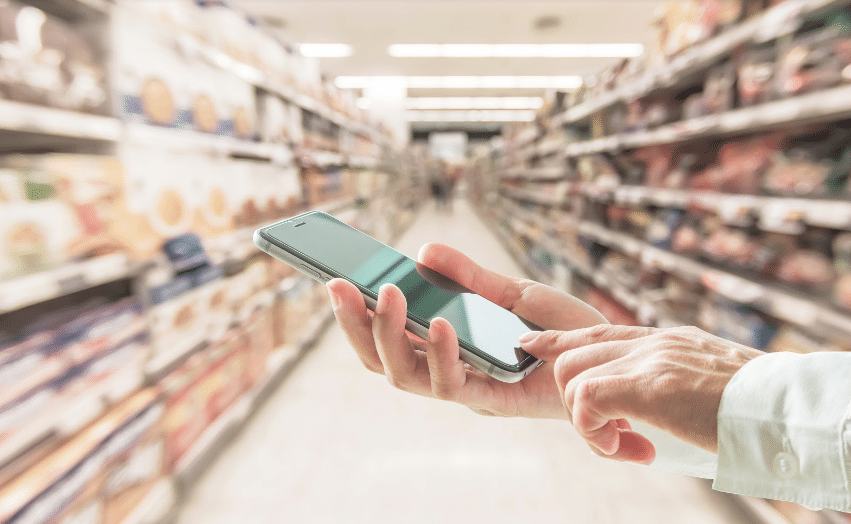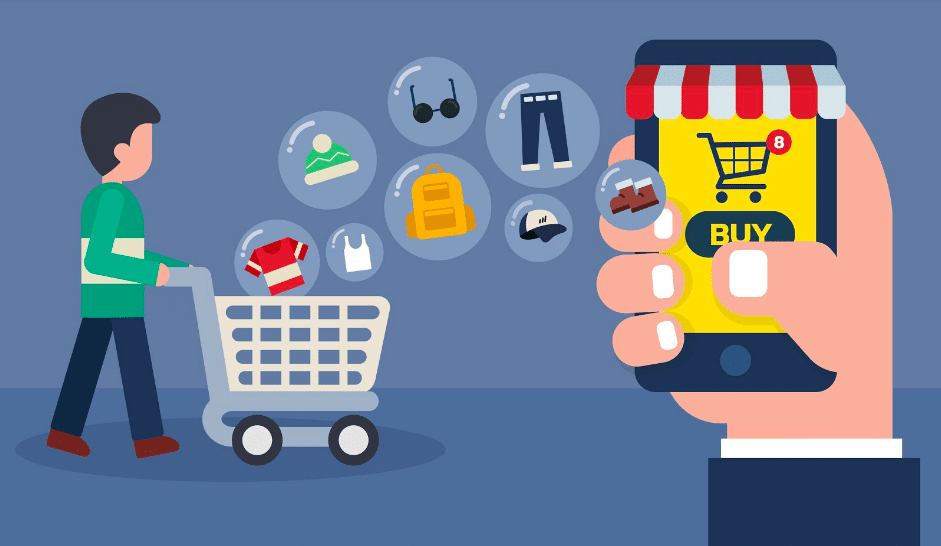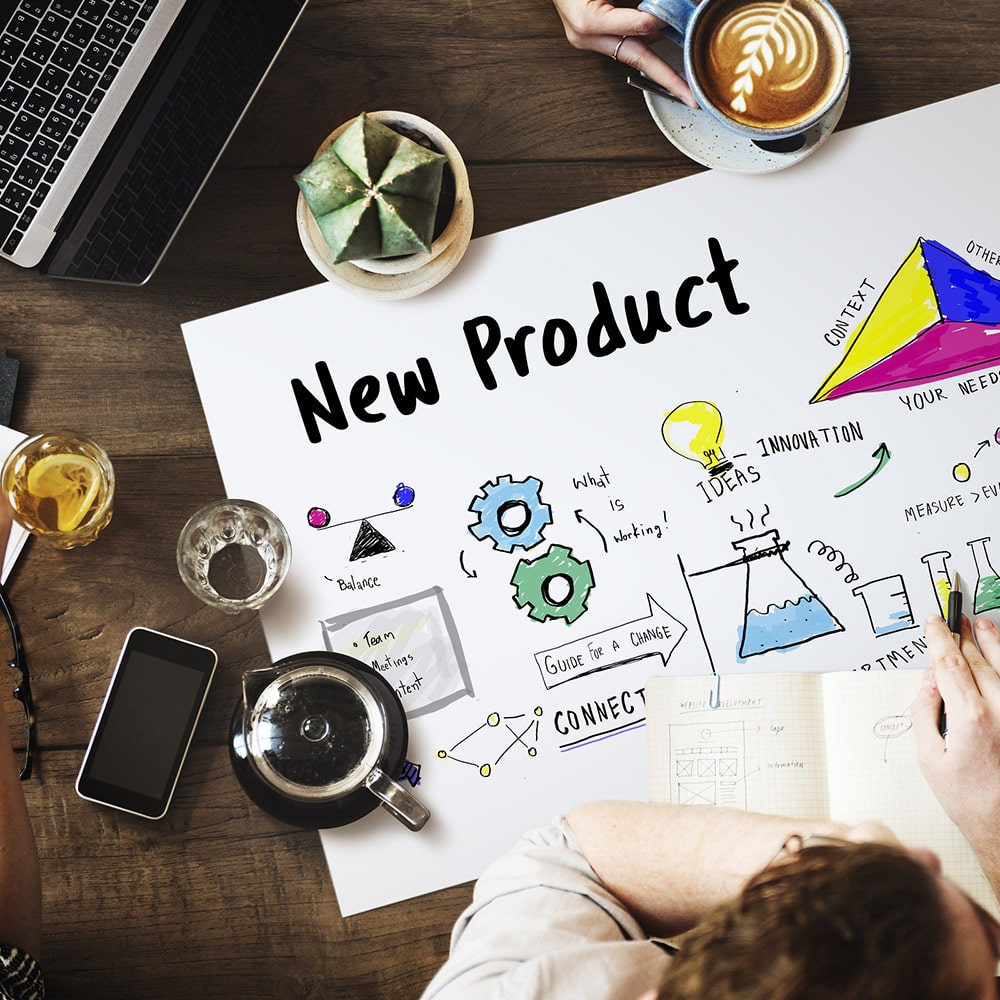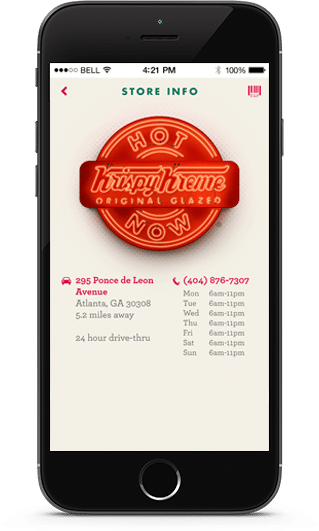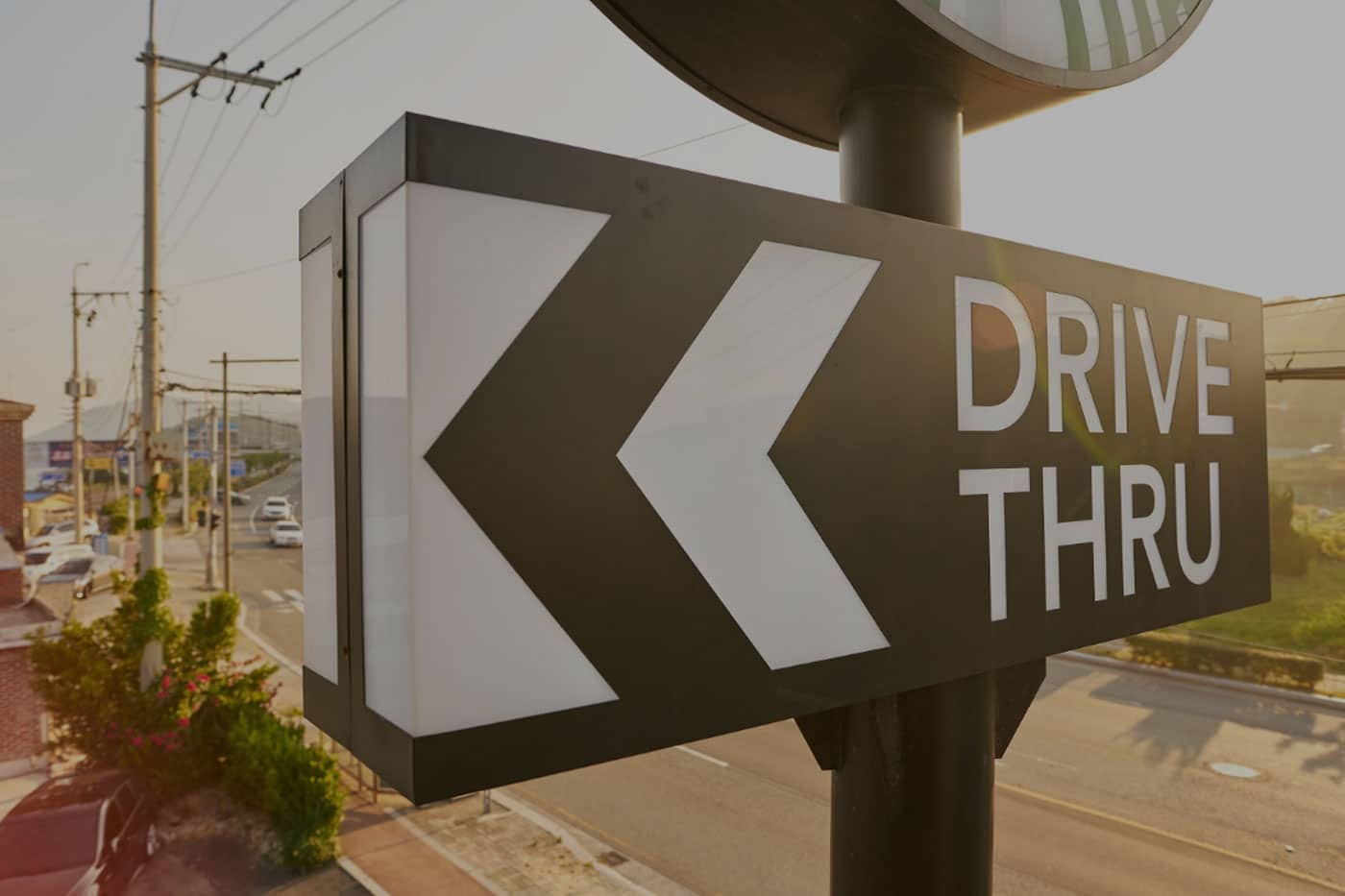Shopper Marketing Best Practices: Lessons from Walmart, Target, and Whole Foods
When seeking out shopper marketing best practices, the ideal option for both retailers and brands is to look at the successes of those who’ve come before them. While Walmart, Target, and Whole Foods are very diverse brands with unique demographics, many of the successful strategies that they’ve provided us with are applicable on a smaller scale, especially for CPG brands seeking new ideas. Brands wanting to update their shopper marketing mix should look to these three retail powerhouses for strategies proven to boost sales and gain market share.
Brands must always be willing to adapt as the market changes. This need for adaptability is why retailers like Walmart, Target, and Whole Foods provide so many insightful examples of shopper marketing best practices. These brands have successfully shifted focus and rethought campaigns to stay competitive as consumer needs constantly change. By staying ahead of retail advertising trends, brands can also increase their competitive edge. These practical takeaways from Walmart, Target, and Whole Foods show us how successful a brand can be when they focus on being adaptable and meeting customer needs.
Studying Walmart’s Segmentation Strategy
Walmart’s main selling point has always been its low prices. However, this has presented some challenges for the retailer as low prices typically pull in less loyal consumers. Once the brand is unable to beat the steep discounts of a competitor, they lose that customer. To combat this, Walmart makes a point of segmenting their audience to ensure that price isn’t their only competitive edge and defining factor.
To strengthen customer retention, Walmart takes a psychographic approach to audience segmentation. This type of segmentation goes deeper than simple behavioral analysis, focusing on information which is a bit harder to obtain from customer service interactions, including the following.
Consumer Personality Types
Knowing someone’s basic personality type—like whether they’re introverted, extroverted, aggressive or passive—can help companies gain insight into how to plan events, and to ensure they’re able to satisfy all customers. A choice that’s as significant as determining whether to hold a Cyber Monday event or a Black Friday event is much easier to decide when a retailer knows how receptive their customer base is to each.
Opinions
Political opinions can be a major factor in what drives a consumer to make purchases. It’s significant to note that Walmart has always taken a very patriotic stance by emphasizing items which are made in America, supporting charities and events for soldiers, and so on. This patriotism aligns with the opinions of the retailer’s core audience, and helps to build loyalty and trust.
Interests
Understanding the interests of the consumer can help a retailer determine what areas to focus their attention on when planning events or selecting advertising partners. For example, Walmart is a major NASCAR supporter—evidenced in their very recent agreement to sponsor the Quaker State 400—which is again, an interest which aligns with its target audience.
Notably, on a smaller scale, Walmart offers NASCAR merchandise and holds events around the popular sport. Through this strategy, the retailer humanizes its brand by sharing its customers’ interests.
Walmart not only focuses on price, but also works diligently to build brand affinity and understand customers needs. The retailer does so by using publicly available social media information to obtain various customer profiles within its target market. This strategy is one in which brands can take advantage of as well to create a deeper connection with consumers. A brand can apply this strategy by using the following techniques.
Following Hashtags
When a consumer follows a brand on Facebook, Twitter, or other social media site, the individual gives an indication that they are loyal to this brand. This social action sends a signal to the brand that this promising consumer should be evaluated for data potential.
Reviewing What Followers Have in Common
Following consumers back can give brands valuable access to customer insights, for example, to the things they like and share, as well as the comments they make. This information can be aggregated to help brands find common ties among their customers, which can then be leveraged into a marketing strategy.
Finding Brand Differentiating Factors
When a large part of a core audience has a common interest—like in the case of NASCAR and Walmart—brands should find a way to weave that common thread into their marketing strategy. This involvement doesn’t have to be expensive or extreme. It can be as simple as sharing interest-specific information on social media.
Going High-tech at Target
One way for brands to stand out and remain relevant in this fast-paced digital environment is to take advantage of emerging trends in retail shopping—which include high-tech options like mobile wallets and rewards, online ordering, and apps that blur the line between digital and physical spaces. Innovation is a value that Target focuses on to stand out in the retail landscape, and has successfully done so by implementing several new features such as the following.
Curbside Pickup
Target continues to expand its Drive Up curbside service, which allows users to order via mobile app for pick-up in the parking lot. Many Target customers enjoy this convenient feature, and the retailer intends on implementing the strategy to up to 1,000 stores by early 2019.
Piggybacking on Prime Day
When Amazon held its annual Prime Day, Target decided to jump on the bandwagon and offered flash sales during the event via its website. As a result, the retailer reported its biggest one-day sales event so far this year.
Augmented Reality Features
In late 2017, Target rolled out an augmented reality function on their mobile site which allows users to view furniture in their living space via an AR overlay. This unique feature makes it easier for consumers to gauge the size and style of furniture they’re considering, creating a more seamless and helpful shopping experience.
Target’s AR option was so popular the retailer rolled out a beauty-based AR program in early 2018 which is performing equally well.
These are just a few of many strategies that Target has used to embrace technology and improve overall customer experience. Through these efforts, the company manages to stay competitive in its brick-and-mortar locations, even when competing with major online retailers. This is also a strategy that brands can capitalize on, but on a smaller scale. Brands that wish to follow Target’s lead should try the following.
Stay on Top of Trends
By understanding that Prime Day wasn’t a competition, but an opportunity, Target was able to take advantage of the high volume of shoppers looking for e-commerce sales, and in turn, increased online purchases during that day. The retailer did not view this online event as a threat, but instead as an established digital trend.
Tech as an Incentive
Consider technology an incentive—not an advertisement. Target does not use its apps or websites as strict advertising. Instead, these apps and technology improve the customer experience by offering an additional service.
Partner With Third Parties
Not all brands have unlimited budgets to invest in new retail mobile apps and high-tech website features. Partnering with third-parties helps to allay some of these expenses. Shopkick, for example, offers a shopping app which brands can use to direct consumers to their products in the store, providing a seamless shopping experience.
Whole Foods Updates Shopper Marketing Best Practices in a New Market
Whole Foods faced challenging times during the sudden explosion of demand for organic food. For years and years, the brand controlled the health food niche simply due to supply and demand. The desire for these foods had not gone mainstream, allowing the brand to focus on this opportunity to differentiate itself from competitors. As organic offerings became more popular, many other chains released lower-cost natural alternatives to Whole Foods products, eliminating the retailer’s competitive edge.
However, in the midst of this challenge, Whole Foods saw an opportunity. With so many new consumers entering the organic food market, the retailer realized this new audience would need some guidance. Whole Foods shifted its entire marketing message from serving a niche of knowledgeable customers to servicing a mainstream market. These changes involved the following.
Humanizing the Brand
In its new digital, online, and television advertisements, Whole Foods has pulled away from the commercials of old and instead has introduced their audience to more human moments and relatable characters. A few examples include a man on a Paleo-diet convincing his father to participate in the diet as well, or another that shows a customer overwhelmed by cheese choices in the store.
Employing Experts
Whole Foods employees aren’t just working cash registers or stocking shelves. They are knowledgeable brand ambassadors that are prepared to provide information—especially to those new to buying organic—which helps to guide customer purchases.
Reducing Prices
Whole Foods had to reevaluate its pricing structure to win over consumers who were seeking out lower cost organic options elsewhere. One way the brand did this was by partnering with Amazon—who purchased the retailer in 2017—to include more Whole Foods products through its Prime program.
Whole Foods was able to adapt to a challenging climate and reinvigorate its brand. By reviewing its audience, the retailer created a new campaign which resonated as organic foods went mainstream. This strategy is one that many brands can emulate by trying the following measures.
Becoming Subject Matter Experts
While many retailers sell organic foods, Whole Foods differentiates by presenting itself as an expert on organic foods. This can be a particularly useful strategy for challenger brands, as this helps even smaller, lesser known brands increase visibility not only for their products, but for their knowledge. This method is excellent for building consumer trust which can, in turn, build brand affinity.
Rewarding Customers
Not every brand can afford to cut prices, and many don’t want to, as their focus is not on price-based competition. Rewards act as an alternative to discounts as they still offer a financial return to consumers without diminishing brand value.
Staying True to Branding During a Pivot:
While Whole Foods shifted its strategy, the retailer didn’t compromise their core values by offering discount organic foods to compete with other mainstream retailers. Instead, the brand stayed true to its focus on locally sourced, quality foods even as they introduced those foods to new consumers. Through this strategy, the brand was able to connect with new consumers without alienating their existing loyal customers.
The three strategies of these retail giants can be easily adaptable to shopper marketing best practices for CPG brands of any size, from small startup brands to major multinational companies. By examining the segments of their audiences, offering new features through technology, and pivoting a brand without changing its message, companies can retain loyal customers while opening new markets. These brands can differentiate themselves even in a very crowded climate and as a result, grow their market share.
Shopkick helps our partners improve the customer experience by offering an engaging, gamified app which encourages brand interaction. For more information on how our app can benefit your brand, contact us.

